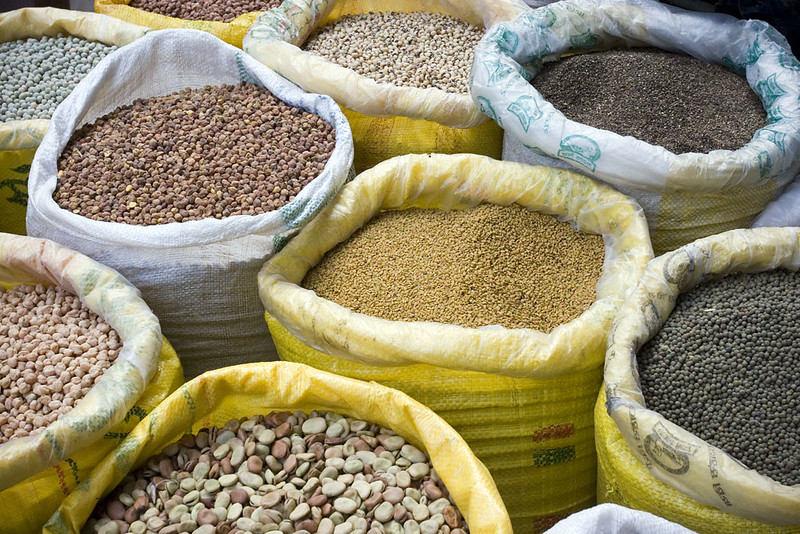Protein-energy undernutrition (PEU) is one of the challenging undernutrition conditions affecting people of all ages and gender, however under 5 and the elderly are highly prone to PEU due to their nutrition needs, food accessibility and utilization, difficulties in eating, health conditions, and food consumption pattern. PEU previously called protein-energy/protein-calorie malnutrition occurs due to inadequate intake of protein, calories, and micronutrients to meet the individual dietary requirements for good health. PEU can cause severe impairment in body organs due to an imbalance of supply and utilization of nutrients needed for physiological processes.

PEU is characterized by kwashiorkor- insufficient protein and caloric intake with the presence of oedema (swelling of the body parts), marasmus- protein inadequacy with medium to normal caloric intake (wasting with the absence of oedema) and marasmic-kwashiorkor (severe wasting with oedema). Food insecurity and conflicts in SSA resulted in hunger, causing a rise in PEU. This deficiency is characterized by moderate and severe wasting depending on an individual’s weight for height.

Managing PEU requires combined efforts. Interventions focusing on addressing sustainable agriculture and nutrition can scale food availability and utilization. Understanding food sources that can sustainably provide the required nutrients is one of the factors leading to the consumption of healthy diets. Plant protein is an alternative source of protein that can boost protein supply in the population. Scaling legumes will offer not only alternative sources of protein to consumers but also replenish the soil with nutrients.

Understanding the health benefits of legumes is the first and foremost intervention that needs to be scaled, which can also increase demand leading to sustainable intensification. Awareness creation can result in the utilization of underutilized legumes. Sustainable production of grain legumes can provide a yearly supply of plant protein while offering farmers income from the produce.
In emergencies, Ready-To-Use Therapeutic foods (RUTF) are highly needed to combat PEU, as they provide required nutrients to the person in need. RUTF is made up of groundnuts and other ingredients that are used to provide essential nutrients required by the body. More interventions are to be scaled from the availability of affordable biofortified seeds, and favourable policies that will create market opportunities for smallholder farmers to sell their produce. On the other hand, the development of tasty-nutritious legume recipes can increase legume consumption.
Find out more here:
- Ahmed, T., Hossain, M. I., Islam, M., Ahmed, A. S., Afroze, F., and Chisti, M. J. (2020). Protein-energy malnutrition in children. In “Hunter’s tropical medicine and emerging infectious diseases”, pp. 1034-1041. Elsevier.
- Endris, N., Asefa, H., and Dube, L. (2017). Prevalence of malnutrition and associated factors among children in rural Ethiopia. BioMed research international 2017.
- Ngonyani, H., Okoruwa, A., Kyungu, L., Gaspar, A., Mutungi, C., and Abass, A. (2020). “Soybeans utilization for improved household nutrition in Tanzania Compendium of popular soybean recipes.”
- UNICEF, WHO, and Bank, T. W. (2021). Levels and trends in child malnutrition: key findings of the 2021 edition of the joint child malnutrition estimates. Geneva: World Health Organization; 2021. Licence: CC BY-NC-SA 3.0 IGO.